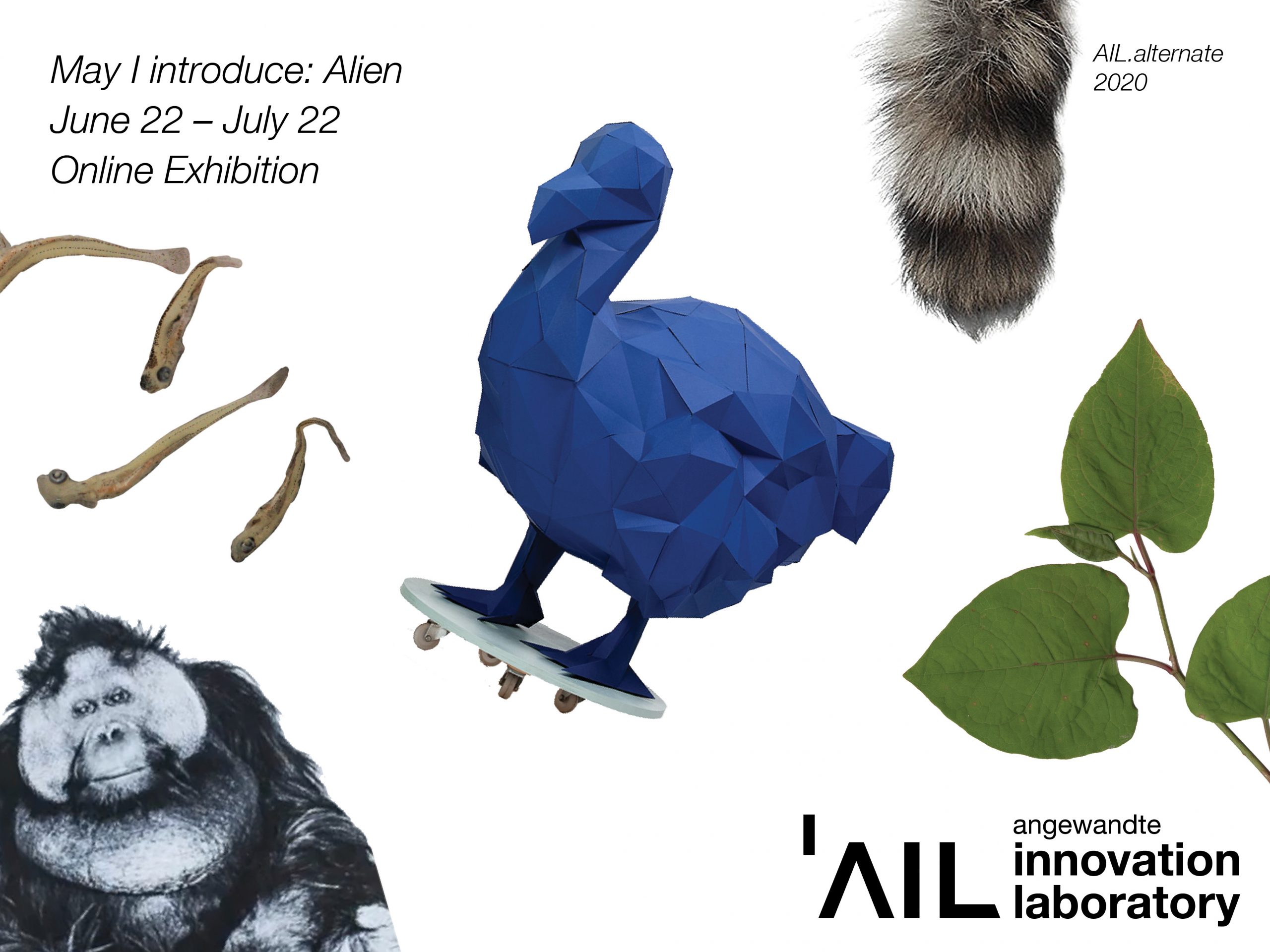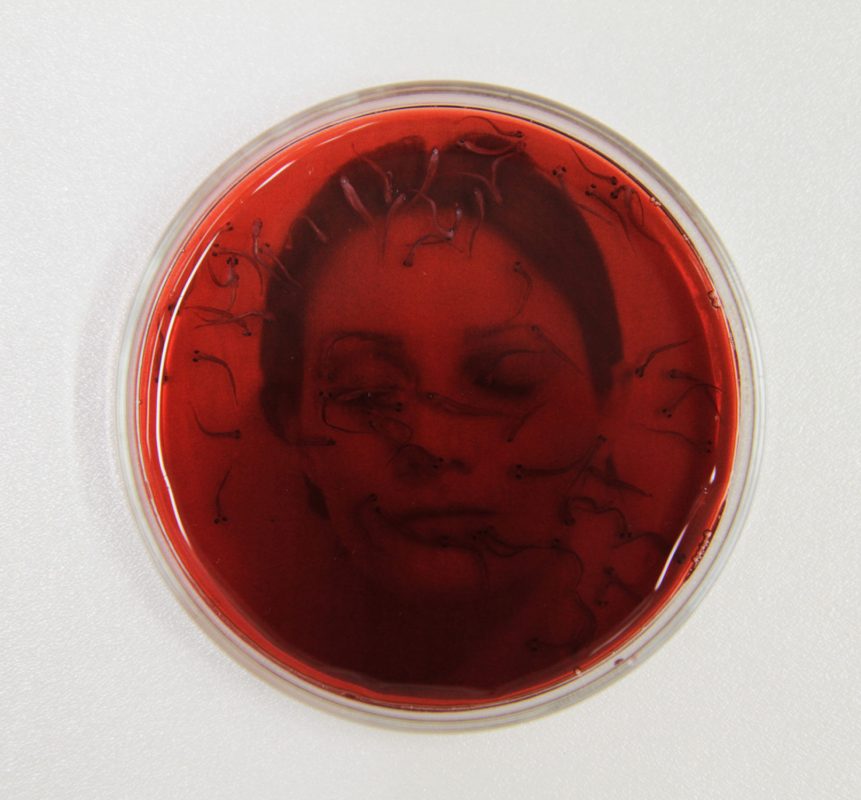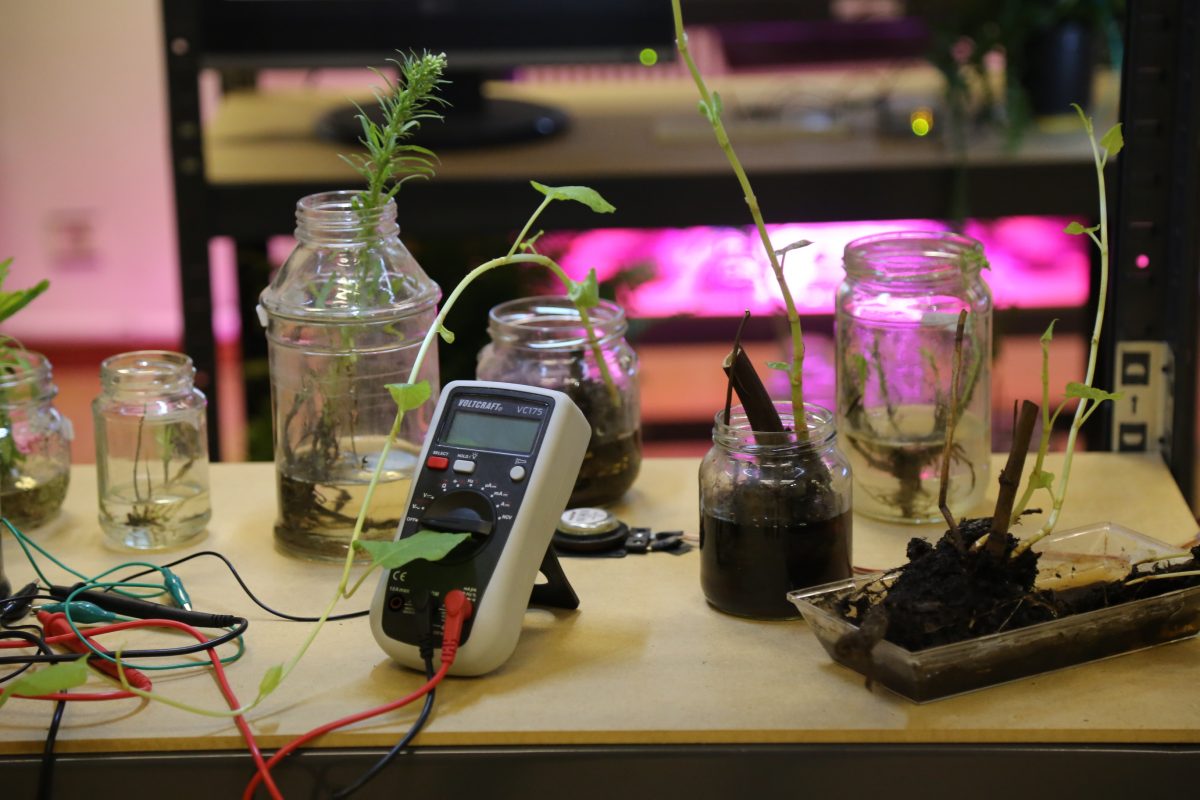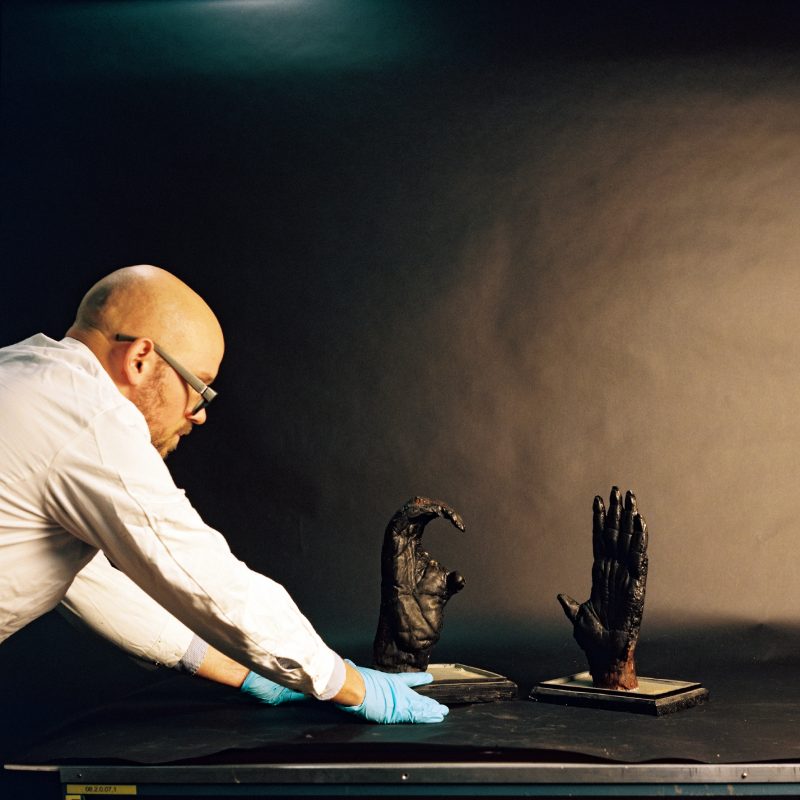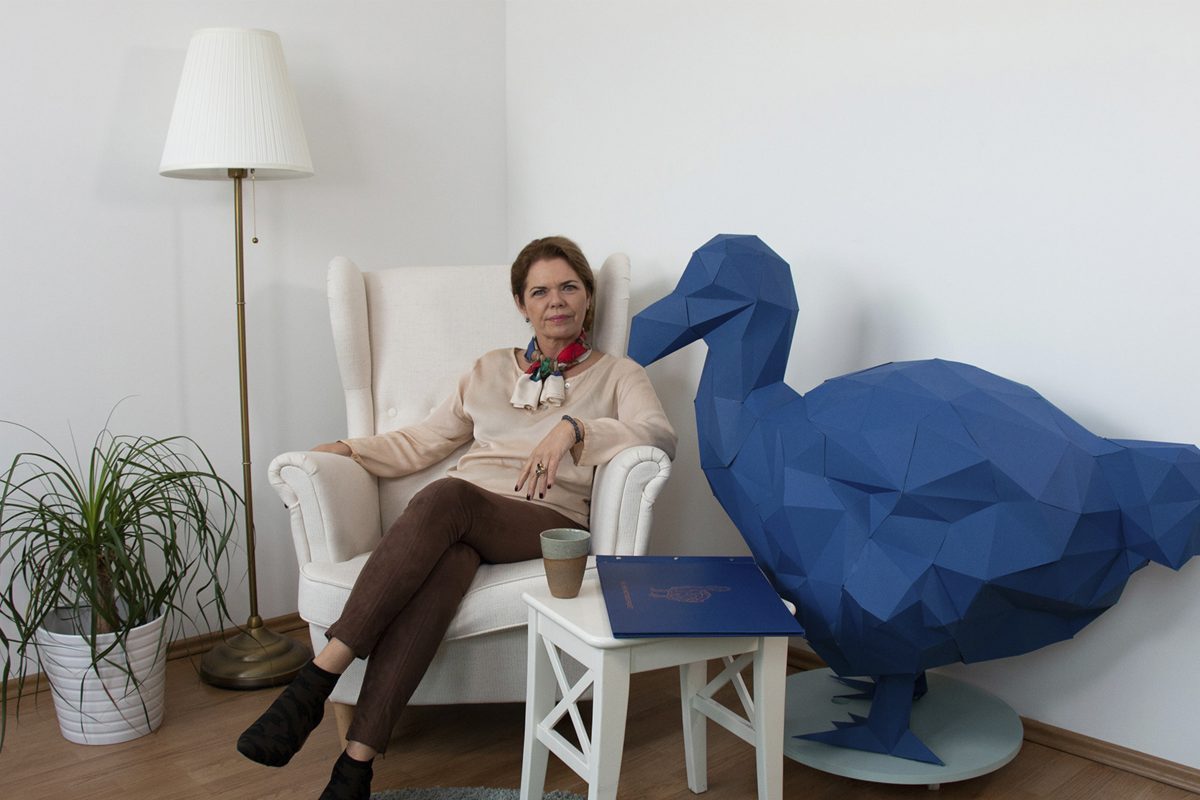A project by the alumni Alexandra Fruhstorfer and Lena Violetta Leitner, in cooperation with the Angewandte Innovation Lab / AIL.alternate
Be they bacilli, plants, humans, or any other kind of animal – come on in, aliens welcome!
Open to all. We will explain to you why migrated plants must be registered with the integration centre; why it is scandalous that depressed orangutans do not have e-cards; and the fact that our homes are not accessible for raccoons and pigs is simply outrageous! Our exhibition creates connections across borders of otherness and tells more-than-human stories. May I introduce: Alien! Be they bacilli, plants, humans or any other kind of animal – come on in, aliens welcome!
Portrait in the Lab Solmaz Farhang
Portrait in the Lab is an image-based investigation on the duality of being an outsider and an insider – observing and being observed at the same time. The project originates from Solmaz Farhang’s residency as an artist in the Laboratory of Limnology at University of Vienna, as Prof. Hubert Keckeis and his team studied spatial and temporal dispersal patterns of fish larvae in Danube.
The artist – herself a migrant – faced the migratory fish in the laboratory, some preserved in the lab bottles and some alive swimming in the tanks. While working with materials and tools at hand she tried to reflect on the strange feeling of her being there as an “artist” (amongst scientist). The photo camera became her tool, enabling her to observe while being observed.
Who is the alien in the laboratory, the artist, the fish larvae or both?
For “May I introduce: Alien” Solmaz invites the audience to become an artist and a scientist at the same time, to swim between disciplines and investigate, to see and be seen on the website.
Making Oddkin Alexandra Fruhstorfer
With “Making Oddkin” Alexandra Fruhstorfer draws a narrative of other kinds of kinship and companionship beyond our too well known anthropocentric relationships to the other species on earth. A house in the near future of 2025 becomes a place for unusual encounters in which we live almost in symbiotic mutualism with other creatures.
In the Home of 2025 we work with invasive raccoons on their eating habits to protect endangered species in our wilderness while connecting with pigs through play to learn about our not-so-exceptional human traits. In the domestic setting the borders between culture and nature start to blur – to become a space for rewiring the entanglements with the other critters on our planet in unexpected ways.
For “May I introduce: Alien” Alexandra invites visitors to develop an open eye for the other species inhabiting our cities and share their multispecies encounters – be it whether with a crow on the window sill or a house spider in the kitchen corner.
IZMP Lena Violetta Leitner
The I Z M P – Integration Centre for Migrated Plants – was established in 2017 to analyse the levels of integration of foreign plants. The plants’ ability to integrate is tested on the basis of certain integration indicators in both the laboratory and public space. In the Language Lab, the plants are treated and sonificated with German language courses as well as a Course in Manners. Eventually the plants are issued an integration passport or are sorted out. Only those with low levels of resistance are allowed to stay.
For “May I introduce: Alien” IZMP tests a new participatory format in the sociological-empirical study “Im Glashaus” (In the Glasshouse). The audience is invited to vote: Which plants deserve to stay in the country? Which ones are deported or even deserve to be destroyed immediately? Whom would you vote out?
Emil (B5044)
Andrea Palašti
Emil the Orangutan was a pet of a Serbian civil servant, who, due to a job transfer, had to sell Emil to the Schönbrunn Zoo. Between 1927 and 1938, Emil had been a media star and a favourite attraction in Vienna – until he became so depressed and extremely fat that he refused every contact. After his death, Emil’s body parts were scattered around scientific institutions and museum collections. Only his skull remains missing.
The artist Andrea Palašti, who often works with archival materials, found Emils’ parts in different archives in Vienna. Emil (B5044) draws the portrait of a time of rising interest in zoos and animal photography, the beginning of the modernization and scientification of the zoo, but also of the controversial discussion about back breeding in an effort to revive ancient “Germanic” breeds.
For “May I introduce: Alien” Andrea invites visitors to not chat with Emil – because he had enough human contact in his life. If you are still not satisfied, Andrea has the very special offer for you to donate for the Sumatra rainforest instead!
Dodo in the Room Ege Kökel
The use of new biotechnologies to bring back extinct species has been and still is a topic widely discussed. While science fiction has already over-worked this fantasy, it has become more than just fiction. Captive breeding and return to the wild are ideals of de-extinction but are there other possibilities which we have to consider, avoid or cherish?
Dodo in the Room explores what it means to bring an extinct species back through the lens of a companionship with an unextinct dodo. A fictional interview with the first Viennese Dodo owner, her companion dodo and other artifacts invite people to a world, in which we co-live with unextinct species.
For “May I introduce: Alien” Ege invites the audience to share their visions, hopes and concerns about the technology around de-extinction and our shifting relationship with other species. Should we leave the Dodo in the past, as part of a history of extinction? Would we like to have it as a companion, or should it rather be set out into the wild of Mauritius where it belongs?

